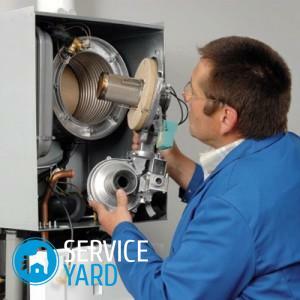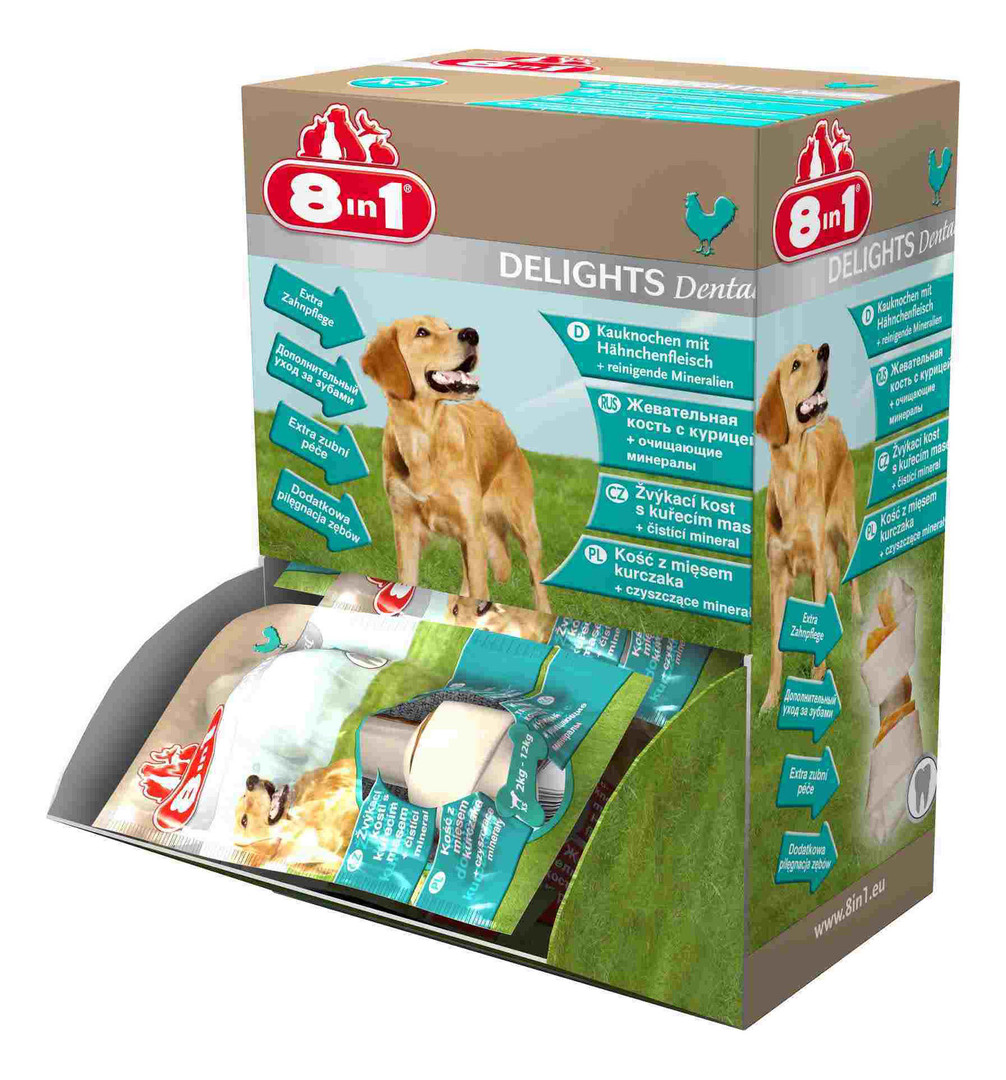
- When do I need to clean the boiler?
- And if you do not wash the boiler?
- Cleaning frequency of
- boilers Cleaning methods
- How to clean the gas boiler from scale? Procedure
- Boiler cleaning
- Hydrodynamic cleaning
Traditionally, the gas boiler and the heat exchanger are cleaned only by the user when it is absolutely necessary: the boiler is defective or the water has stopped heating. You call the master, he makes repairs and adjusts the technique. When this becomes impossible, the heat exchanger in the gas boiler is replaced by one's own hands. However, most of the gas boilers are designed in such a way that they can be cleaned independently. The topic of this article is: how to clean the gas boiler heat exchanger.
to the contents ↑When to clean the boiler?
Typically, these are 3 situations:
- Preventive cleaning of the boiler every 2 years, with minimal costs.
- Cleaning is carried out as the soot exchanger gets soiled and lime deposits. At the same time, the efficiency of heating and heating the water decreases. You can call the master, but the option with self-cleaning is also not excluded.
- Thermal generator failure. Unfortunately, this situation is not uncommon at the height of the heating season. The called specialist will correct the breakdown. He also cleans the heat exchanger from soot.
As you can see, the last two scenarios are unattractive for the owners of the house. They are associated with additional costs and discomfort. You can not do without the master even if a condensing boiler is used to heat the room, having a burner of a special design. It is undesirable to repair such a complicated technique on its own. The exception to this rule is if you are good at this technique.
Important! The optimal option for owners is the preventive flushing and cleaning of the heat exchanger. It does not require much time and money.
to the contents ↑And if you do not wash the boiler?
To understand the need for preventive cleaning of the boiler, imagine an ordinary teapot that is used day-to-day, heating water in it. Over time, the walls of the kettle are covered with scum, and the heating occurs more slowly. Approximately the same processes occur in the heat exchanger of the boiler. On its walls formed a crust of calcareous deposits, insoluble salts, etc. If the highway has hard water, the process of formation of scale is faster.
For this reason, it is necessary to periodically wash the gas boiler with one's own hands - an objectively necessary procedure. If you neglect it, the consequences can be disastrous:
- The heat exchanger will constantly overheat. The coolant from the return line, intended for cooling internal cavities, is designed to cool the heating elements from the inside. Scale makes cooling less efficient, so the life of the heat exchanger is reduced.
- Strip consumes much more. Mineral deposits on the surface of the heat exchanger have low thermal conductivity, so the energy consumption for heating the water increases. This contributes to an increase in gas consumption and increases the cost of operation of the boiler.
- Boiler failures. Scum prevents the passage of the coolant, so the load on the circulation pump increases. Eventually the pump breaks down.
Boiler cleaning frequency
The boiler flushing frequency depends on the quality of the liquid used in the line:
- When using antifreeze, the boiler cleaning frequency is 1 every 2 years. In addition, the owner must keep track of the expiration date of the antifreeze. After the expiration date has expired, it is necessary to replace it.
- If purified water is used in the line, the flushing frequency is 1 time in 4 years.
Important! Apply running water in order to rinse the gas boiler, it is not recommended, because it is much stiffer than purified.
to Contents ↑Cleaning Methods
Consider how to clean the heat exchanger in a gas boiler. It is possible to clean the heat exchangers from scale in two ways:
- Mechanical cleaning is the removal of mechanical particles and plaque using a scraper, brush or vacuum cleaner.
- Flushing - soaking the components of the heat exchanger in different solutions. This method is especially good for double-circuit boilers, because their channels are contaminated especially quickly.
How to clean the gas boiler from scale? Procedure for the
To disassemble the heating unit at home, no special tools are needed. Quite enough set of home craftsmen with pliers, screwdrivers and keys.
Important! Optimal time for prevention - off-season, when the heating is off. Disassemble the boiler, first turning off the gas.
The algorithm for efficiently cleaning the gas boiler heat exchanger is as follows:
- Disconnect all wires from the gas valve.
- Remove the thermocouple from the combustion chamber. It is connected to the gas valve by means of a capillary tube.
- Disconnect the gas fuel connection.
- Remove the four nuts that hold the cooker plate with the burner.
Important! You do not need to disassemble the gas boiler. You can use an old toothbrush for cleaning. Purge from the soot igniter, ignition device. If there is a sensor to control the flame, you need to clean it.
- Now the turn of the heat exchanger has come. To provide access to it, remove the top cover of the boiler, disconnect the chimney and the traction sensor.
- After that, carefully remove the heater, and then unscrew the screws securing the cover and remove it.
- A heat exchanger is located under the casing. Remove the turbulators from it.
- You can clean steel turbulators using a metal brush. And the heat exchanger can be cleaned with simple tools that are made by hand, in accordance with the dimensions of the smoke tubes.
Important! If they have a rectangular section, then you need to make a thin metal scraper or spatula for cleaning. If the heat pipes have a circular cross-section, then these tools are made curved.
- After finishing cleaning, mark the surfaces of the heat exchanger with a brush that is fastened to the handle.
- The last stage of cleaning is cleaning the bottom of soot, which crumbled during the cleaning of the smoke pipe.
Dry cleaning of the
boiler Let's talk about how to flush the gas boiler at home. Its essence lies in the fact that by means of a special device( booster) a solution is injected into the system, intended for acid washing. The solution is run through the heat exchanger. Cleaning is performed within a few hours.
Important! This method is especially effective if it is necessary to remove the most stable types of scale - carbonic acid salts, ferric iron. After the acid composition is removed, a solution is injected into the system, which neutralizes the acid.
to the contents ↑Hydrodynamic cleaning
This type of cleaning of the gas boiler does not require its disassembly. In the pipeline, water is pumped under pressure with abrasive particles. Water circulates faster. Descaling occurs from mechanical stress.
The flushing of the boiler's heat exchanger, at first glance, seems to be a fairly simple procedure. But you need to remember that you will deal with corrosive substances and complex equipment.
Important! If the flushing is carried out hydrodynamically, then it is necessary to monitor the pressure in the line constantly. If it reaches critical values, it is fraught with a rupture of the heat exchanger. For this reason, it is advisable to entrust this work to a specialist who has special admission to this type of work.
By regularly cleaning equipment and replacing the heat exchanger in a gas boiler with your own hands, you will save considerably on energy carriers and increase the working life of gas equipment.

